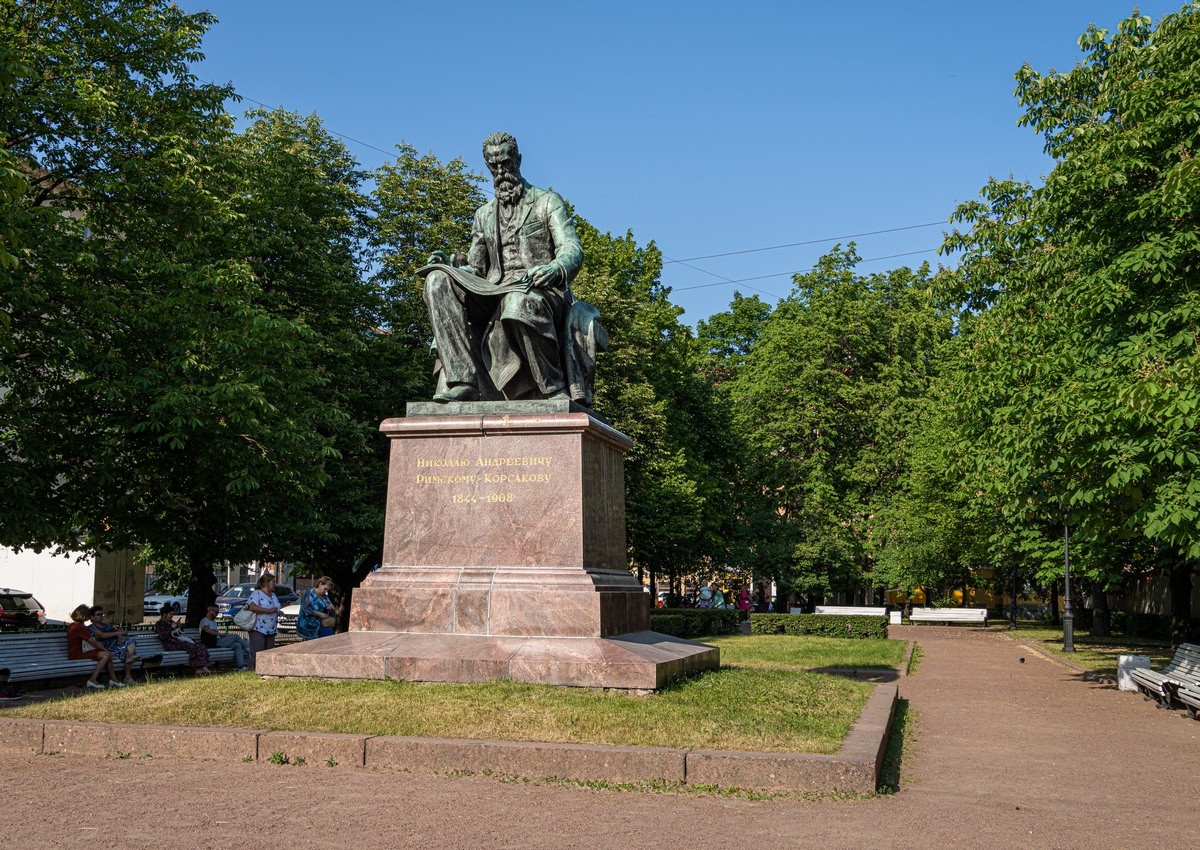Hi folks!
Herewith, a brief interlude to my series of posts on our trek up to the South Base Camp of Mount Everest. Why? First, so you don’t get overloaded with all things Nepalese extreme-trekking; second, to keep you waiting for the best bit – finally getting to the Base Camp (which is just around the corner!); and third, because something unexpected occurred the other week that’s perfectly intermission-worthy: I scored myself a +1 to my list of countries I’ve visted in the world. And it’s hard to believe, but that country… was Belarus!
We were in Minsk for just half a day: I gave a lecture at the Belarusian State University (on the latest cyber-maliciousness and our cyber-poison against it, followed by a Q&A/AMA session), then there were a few important business meetings, and after that we hit the road and headed out into the Belarusian countryside for an ambitious (as in “would we have time to fit everything in?”) two-and-a-half-day round trip to: oversized dump-truck manufacturer BelAZ, then to the Pripyatsky National Park (strolling, snapping), from there to the famed Belovezhskaya Pushcha Forest (more strolling, more snapping), and then back to Minsk to grab our suitcases and back to the airport. Thus, all as per: intense, chock-full business-then-pleasure!
My main impression from the whole trip: an unexpectedly astonishingly positive one based on practically everything we saw there. Minsk is a remarkably smart, elegant city. We only drove through other cities and towns, but they too appeared to be neat and graceful. Even villages were clean, freshly painted and neatly trimmed!…
The first two pics below were taken from my hotel room in Minsk. Elsewhere things were a little less polished, but still most pleasant and easy on the eyes:
Read on…

















